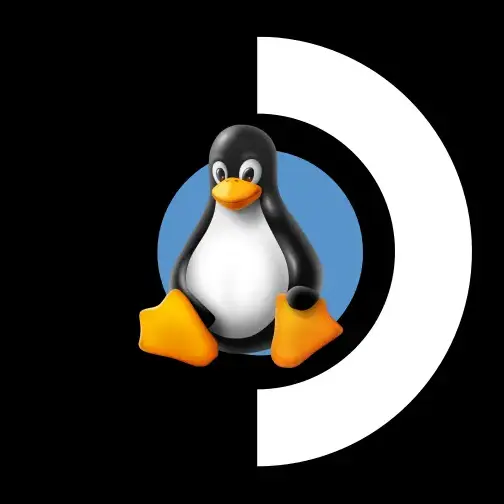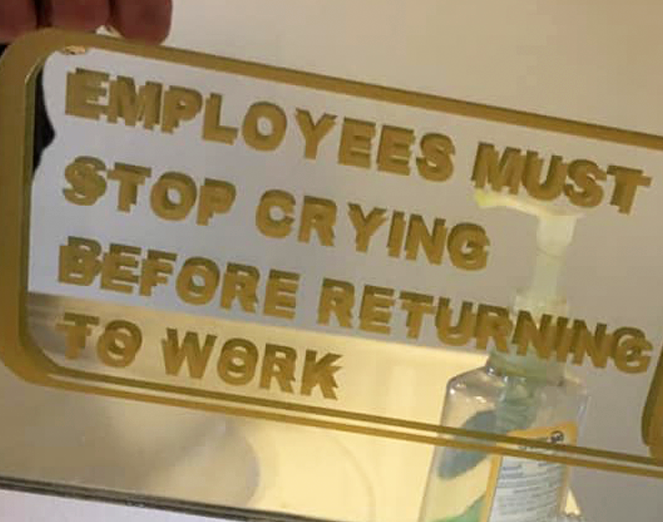

urning off GPS and LTE ruins 90% of the features in the car.
The main purpose of a car is “driving”, which you can do. Unless you cannot start a Tesla without LTE, which would be very stupid.
You can also always strip a car for parts. Teslas are not magically safe from that.










Sadly they have not issued them yet. The prosecutor recently requested them and the court has yet to decide.